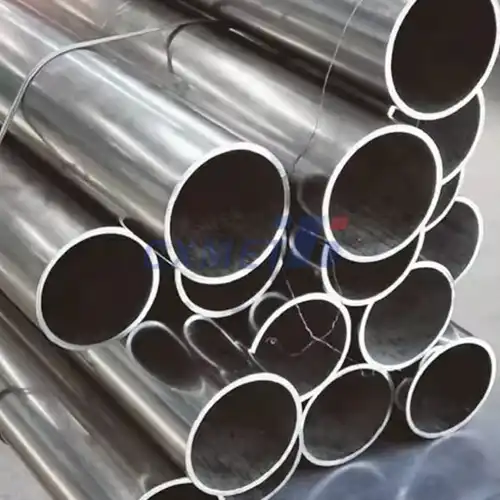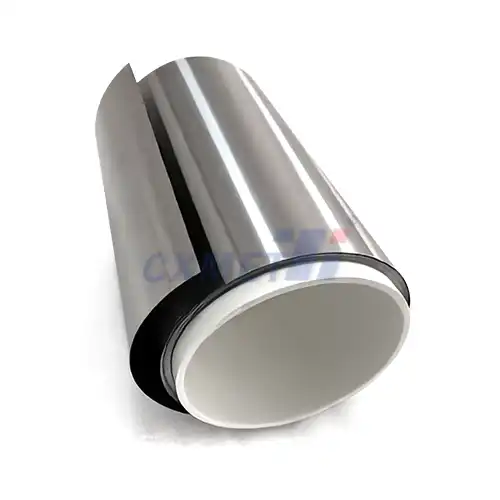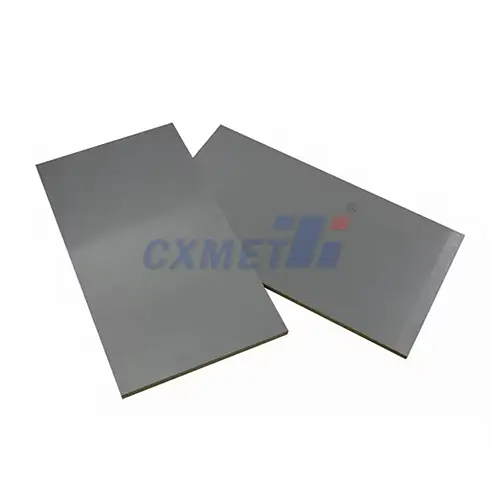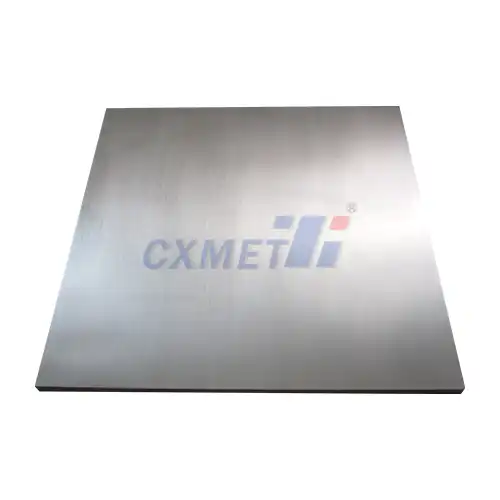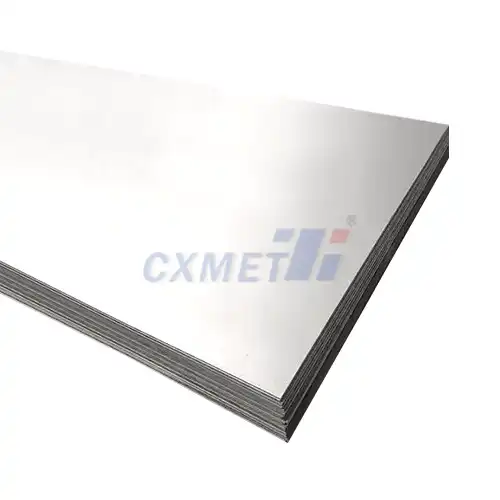- English
- French
- German
- Portuguese
- Spanish
- Russian
- Japanese
- Korean
- Arabic
- Greek
- German
- Turkish
- Italian
- Danish
- Romanian
- Indonesian
- Czech
- Afrikaans
- Swedish
- Polish
- Basque
- Catalan
- Esperanto
- Hindi
- Lao
- Albanian
- Amharic
- Armenian
- Azerbaijani
- Belarusian
- Bengali
- Bosnian
- Bulgarian
- Cebuano
- Chichewa
- Corsican
- Croatian
- Dutch
- Estonian
- Filipino
- Finnish
- Frisian
- Galician
- Georgian
- Gujarati
- Haitian
- Hausa
- Hawaiian
- Hebrew
- Hmong
- Hungarian
- Icelandic
- Igbo
- Javanese
- Kannada
- Kazakh
- Khmer
- Kurdish
- Kyrgyz
- Latin
- Latvian
- Lithuanian
- Luxembou..
- Macedonian
- Malagasy
- Malay
- Malayalam
- Maltese
- Maori
- Marathi
- Mongolian
- Burmese
- Nepali
- Norwegian
- Pashto
- Persian
- Punjabi
- Serbian
- Sesotho
- Sinhala
- Slovak
- Slovenian
- Somali
- Samoan
- Scots Gaelic
- Shona
- Sindhi
- Sundanese
- Swahili
- Tajik
- Tamil
- Telugu
- Thai
- Ukrainian
- Urdu
- Uzbek
- Vietnamese
- Welsh
- Xhosa
- Yiddish
- Yoruba
- Zulu
What are the Typical Applications of Titanium AMS 6242 Rod in the Aerospace Industry?
2024-08-15 17:50:02
Titanium AMS 6242 Rod is a high-strength, heat-treatable alpha-beta titanium alloy widely used in the aerospace industry. This alloy offers an excellent combination of strength, toughness, and fatigue resistance, making it ideal for various critical applications in aircraft and spacecraft construction. Its unique properties, including high strength-to-weight ratio and excellent corrosion resistance, have made it a preferred material for aerospace engineers and manufacturers. In this blog post, we'll explore the typical applications of Titanium AMS 6242 Rod in the aerospace industry and address some common questions about its use.
How does Titanium AMS 6242 Rod compare to other aerospace materials?
Titanium AMS 6242 Rod stands out among aerospace materials due to its exceptional combination of properties. When compared to other commonly used materials like aluminum alloys, steel, or even other titanium alloys, AMS 6242 offers several advantages that make it particularly suitable for aerospace applications.
Firstly, the strength-to-weight ratio of Titanium AMS 6242 is superior to many other materials. This property is crucial in aerospace design, where every gram of weight saved translates to improved fuel efficiency and increased payload capacity. The alloy's high strength allows for thinner and lighter components without compromising structural integrity, which is essential in aircraft and spacecraft construction.
Corrosion resistance is another area where Titanium AMS 6242 excels. Unlike many steel alloys, it does not require additional protective coatings or treatments to withstand harsh environmental conditions. This inherent corrosion resistance not only reduces maintenance requirements but also ensures long-term reliability of components exposed to various atmospheric conditions and chemicals.
The alloy's heat resistance is also noteworthy. Titanium AMS 6242 maintains its strength and structural integrity at elevated temperatures, making it suitable for components near engines or in areas exposed to high heat. This property is particularly valuable in supersonic aircraft and space vehicles where thermal management is critical.
In terms of fatigue resistance, Titanium AMS 6242 outperforms many other materials. Its ability to withstand repeated stress cycles without failure is crucial for components subject to constant vibration and stress, such as engine mounts, landing gear components, and structural elements in wings and fuselage.
However, it's important to note that while Titanium AMS 6242 offers numerous advantages, it also comes with some drawbacks. The material is more expensive than many other aerospace alloys, and its manufacturing process can be more complex. The alloy's high strength can make machining and forming more challenging, often requiring specialized tools and techniques.
Despite these challenges, the overall performance benefits of Titanium AMS 6242 in critical aerospace applications often justify its use. Its unique combination of properties allows engineers to design lighter, stronger, and more durable aircraft and spacecraft components, ultimately contributing to improved performance, efficiency, and safety in aerospace vehicles.
What are the key fabrication techniques for Titanium AMS 6242 Rod in aerospace applications?
The fabrication of Titanium AMS 6242 Rod for aerospace applications involves several sophisticated techniques, each tailored to the specific requirements of the final component. Understanding these fabrication methods is crucial for aerospace engineers and manufacturers to fully leverage the material's properties and ensure the production of high-quality, reliable components.
One of the primary fabrication techniques for Titanium AMS 6242 Rod is machining. However, machining this alloy presents unique challenges due to its high strength and low thermal conductivity. Specialized cutting tools, often made of carbide or polycrystalline diamond (PCD), are required to effectively machine the material. The cutting speed and feed rates must be carefully controlled to prevent work hardening and ensure a good surface finish. Additionally, abundant cooling is necessary to dissipate heat and prolong tool life.
Forging is another critical fabrication technique for Titanium AMS 6242 Rod. The forging process involves shaping the material using compressive forces, typically at elevated temperatures. This technique is particularly valuable for producing complex shapes with improved grain structure and mechanical properties. However, the high strength of the alloy necessitates powerful forging equipment and precise temperature control. The forging temperature for Titanium AMS 6242 is typically in the range of 1700-1750°F (927-954°C), and care must be taken to avoid overheating, which can lead to undesirable microstructural changes.
Heat treatment is an essential step in the fabrication process of Titanium AMS 6242 Rod. The alloy can be solution treated and aged to achieve optimal mechanical properties. The solution treatment is typically performed at temperatures around 1700°F (927°C), followed by rapid cooling. Aging is then carried out at lower temperatures, usually around 1000°F (538°C), to precipitate strengthening phases within the material. The precise heat treatment schedule can be adjusted to tailor the material's properties for specific aerospace applications.
Welding Titanium AMS 6242 Rod requires specialized techniques due to its reactivity with oxygen at high temperatures. Gas Tungsten Arc Welding (GTAW) or electron beam welding are commonly used methods, performed in inert atmospheres or vacuum to prevent contamination. Post-weld heat treatment is often necessary to relieve residual stresses and restore the material's properties in the heat-affected zone.
Surface treatments play a crucial role in enhancing the performance of Titanium AMS 6242 components. While the alloy has excellent inherent corrosion resistance, additional treatments can further improve its properties. Anodizing, for instance, can increase wear resistance and provide a base for paint adhesion. Shot peening is another valuable technique, used to induce compressive stresses on the surface, thereby improving fatigue life – a critical factor in many aerospace applications.
Advanced forming techniques like superplastic forming and diffusion bonding have gained prominence in aerospace manufacturing using Titanium AMS 6242. These processes allow for the creation of complex, lightweight structures that would be difficult or impossible to produce using conventional methods. Superplastic forming takes advantage of the material's ability to undergo extensive plastic deformation under specific temperature and strain rate conditions, enabling the production of intricate shapes with minimal material waste.
It's worth noting that the fabrication of Titanium AMS 6242 Rod often involves a combination of these techniques. For instance, a component might be initially forged to achieve a near-net shape, then machined for dimensional accuracy, heat-treated for optimal properties, and finally surface treated for enhanced performance. The specific combination of techniques depends on the component's design, performance requirements, and production volume.
Quality control is paramount throughout the fabrication process. Non-destructive testing methods such as ultrasonic testing, radiography, and dye penetrant inspection are routinely employed to ensure the integrity of Titanium AMS 6242 components. These inspections are critical for detecting any defects or inconsistencies that could compromise the performance or safety of aerospace components.
In conclusion, the fabrication of Titanium AMS 6242 Rod for aerospace applications involves a complex interplay of advanced manufacturing techniques. While these methods present certain challenges, they also offer opportunities for innovation in component design and production. As aerospace technology continues to evolve, it's likely that new fabrication techniques will emerge, further expanding the potential applications of this versatile alloy.
What future developments are expected in the use of Titanium AMS 6242 Rod for aerospace?
The aerospace industry is continually evolving, driven by demands for improved performance, increased efficiency, and enhanced safety. As a key material in this sector, Titanium AMS 6242 Rod is likely to see several developments in its application and processing techniques in the coming years.
One of the most promising areas of development is in additive manufacturing, also known as 3D printing. While traditional manufacturing methods for Titanium AMS 6242 Rod are well-established, additive manufacturing offers new possibilities for creating complex geometries that were previously impossible or impractical to produce. This technology could lead to the development of lighter, more efficient components with optimized structures. However, challenges remain in ensuring that 3D printed parts made from Titanium AMS 6242 maintain the same mechanical properties and reliability as traditionally manufactured components. Ongoing research is focused on optimizing printing parameters, post-processing techniques, and quality control methods to make additive manufacturing a viable option for critical aerospace components.
Another area of future development lies in the realm of surface treatments and coatings. While Titanium AMS 6242 already offers excellent corrosion resistance, researchers are exploring advanced coating technologies that could further enhance its properties. For instance, nanostructured coatings could improve wear resistance, reduce friction, or even provide self-healing capabilities. These developments could extend the service life of components and reduce maintenance requirements, which is particularly valuable in the aerospace industry where reliability and longevity are paramount.
The integration of Titanium AMS 6242 with other materials in composite structures is another avenue for future development. As aerospace designers seek to optimize the balance between strength, weight, and cost, hybrid structures combining the strengths of different materials are becoming increasingly attractive. For example, carbon fiber reinforced polymers (CFRPs) offer excellent strength-to-weight ratios but can suffer from galvanic corrosion when in contact with metals. Developing effective joining techniques and protective interfaces between Titanium AMS 6242 and CFRPs could lead to new design possibilities that capitalize on the strengths of both materials.
Advancements in heat treatment and thermomechanical processing are also expected to play a role in the future of Titanium AMS 6242 Rod in aerospace. Researchers are exploring novel heat treatment cycles and processing routes to further optimize the alloy's microstructure and mechanical properties. This could lead to variants of the alloy with enhanced strength, improved fatigue resistance, or better high-temperature performance, expanding its range of applications within the aerospace sector.
The ongoing push for more fuel-efficient aircraft is likely to drive increased use of Titanium AMS 6242 Rod in engine components. As engine designs evolve to operate at higher temperatures for improved efficiency, the demand for materials that can withstand these conditions while maintaining their strength and integrity will grow. Titanium AMS 6242's good elevated temperature properties make it a strong candidate for these applications, and we may see its use expand into new areas of aircraft engines.
In the realm of space exploration, Titanium AMS 6242 Rod is expected to play an increasingly important role. As both government agencies and private companies push the boundaries of space travel, the demand for materials that can withstand the extreme conditions of space while minimizing weight is growing. Titanium AMS 6242's combination of high strength, low density, and good temperature resistance makes it well-suited for various spacecraft components, from structural elements to propulsion system parts.
The development of new joining technologies is another area where we can expect to see advancements. While welding techniques for Titanium AMS 6242 are well-established, there's ongoing research into methods that could improve joint strength, reduce distortion, or allow for the joining of dissimilar materials. Techniques such as friction stir welding or advanced brazing methods could open up new design possibilities and improve the overall performance of aerospace structures.
Lastly, as the aerospace industry increasingly embraces the concept of "smart" or "intelligent" materials, we may see developments in integrating sensors or other functional elements into Titanium AMS 6242 components. This could allow for real-time monitoring of stress, temperature, or other parameters, enhancing safety and enabling predictive maintenance strategies.
In conclusion, the future of Titanium AMS 6242 Rod in aerospace applications looks bright and full of potential. From new manufacturing techniques to advanced surface treatments, from hybrid structures to smart materials, the developments on the horizon promise to expand the capabilities of this already versatile alloy. As these advancements come to fruition, we can expect to see Titanium AMS 6242 playing an even more crucial role in shaping the future of aerospace technology.
At SHAANXI CXMET TECHNOLOGY CO., LTD, we take pride in our extensive product range, which caters to diverse customer needs. Our company is equipped with outstanding production and processing capabilities, ensuring the high quality and precision of our products. We are committed to innovation and continuously strive to develop new products, keeping us at the forefront of our industry. With leading technological development capabilities, we are able to adapt and evolve in a rapidly changing market. Furthermore, we offer customized solutions to meet the specific requirements of our clients. If you are interested in our products or wish to learn more about the intricate details of our offerings, please do not hesitate to contact us at sales@cxmet.com. Our team is always ready to assist you.
References:
1. ASTM International. (2021). Standard Specification for Titanium and Titanium Alloy Bars and Billets (AMS 6242).
2. Boyer, R., Welsch, G., & Collings, E. W. (1994). Materials properties handbook: titanium alloys. ASM international.
3. Inagaki, I., Takechi, T., Shirai, Y., & Ariyasu, N. (2014). Application and features of titanium for the aerospace industry. Nippon Steel & Sumitomo Metal Technical Report, 106, 22-27.
4. Leyens, C., & Peters, M. (Eds.). (2003). Titanium and titanium alloys: fundamentals and applications. John Wiley & Sons.
5. Lütjering, G., & Williams, J. C. (2007). Titanium (engineering materials and processes). Springer.
6. Peters, M., Kumpfert, J., Ward, C. H., & Leyens, C. (2003). Titanium alloys for aerospace applications. Advanced engineering materials, 5(6), 419-427.
7. Pramanik, A. (2014). Problems and solutions in machining of titanium alloys. The International Journal of Advanced Manufacturing Technology, 70(5), 919-928.
8. Razavi, S. M. J., Gordani, G. R., & Etemadi, R. (2019). Thermomechanical processing of Ti-6Al-2Sn-4Zr-2Mo titanium alloy. Materials Science and Engineering: A, 743, 684-690.
9. Veiga, C., Davim, J. P., & Loureiro, A. J. R. (2012). Properties and applications of titanium alloys: a brief review. Reviews on advanced materials science, 32(2), 133-148.
10. Whittaker, M. T., & Williams, S. J. (2014). Titanium Alloys. In Materials for Transportation Technology, Volume 1 (pp. 271-300). Wiley‐VCH Verlag GmbH & Co. KGaA.
